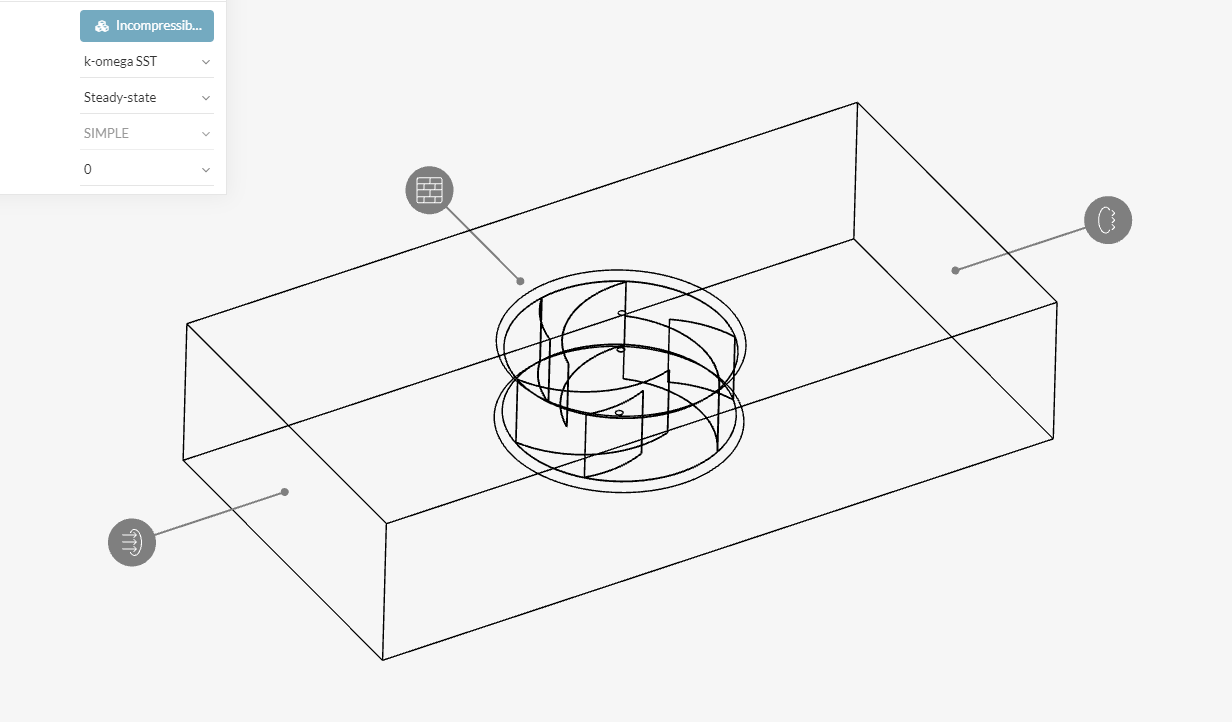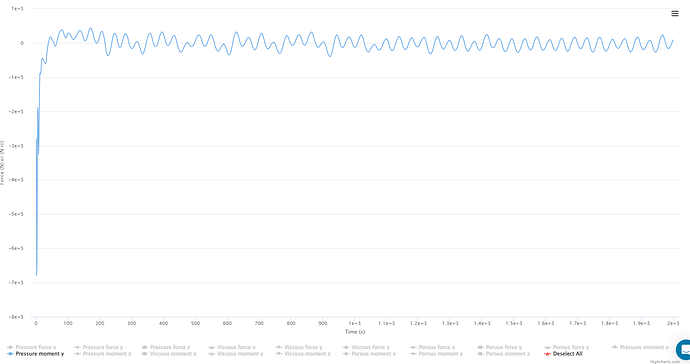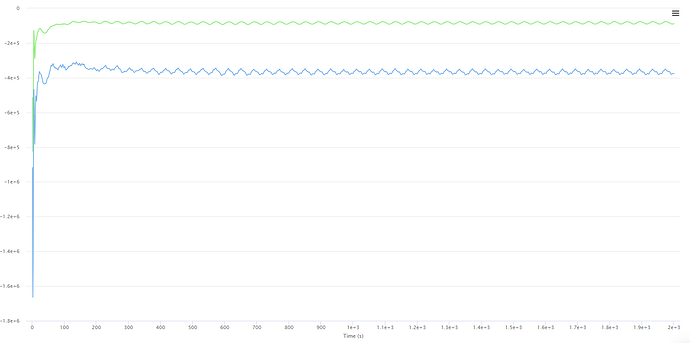I am conducting an incompressible study of a vertical axis tidal turbine. My objective is to determine the output torque from a flow of 3m/s. I understand that simscale cannot conduct a ‘Motion Driven Flow’ study which other CFD packages can, ansys, autodesk CFD ultimate etc, so therefore the angular velocity of the study cannot be a direct output from simscale.
Reading various existing posts, I understand that the method in simscale is to incrementally change the angular velocity of a rotating zone until the moment forces resut in zero. However, despite various attempts in understanding the force plots of my study, I am unsure exactly I am looking for on the plots. I have assumed that I am either;
1 - Looking for the pressure moment in Y to be as converge about as close to 0 as possible. It’s worth noting that the force plots have been set to all faces of the turbine fins, including the ones that face away from the flow during rotation, as they recieve a pressure force negative to Y axis during rotation. Therefore my pressure moment in Y plots have a fluctuating frequency. See below;
2 - OR looking for the pressure moment in Y to converge about the pressure force in Z (flow direction). In this example the force plot is just on the faces of the blades that recieve the flow, hence no/limited fluctuation.
See existing forum post for confirmation of others using this process - Torque and speed from rotating turbine? - #7 by 1318980)
and tutorials that take the same process, but don’t indicate on how to interpret results - Transient Flow Through Water Turbine (Multi-purpose) | Tutorial | SimScale
Any help would be much appreciated.
Thanks


